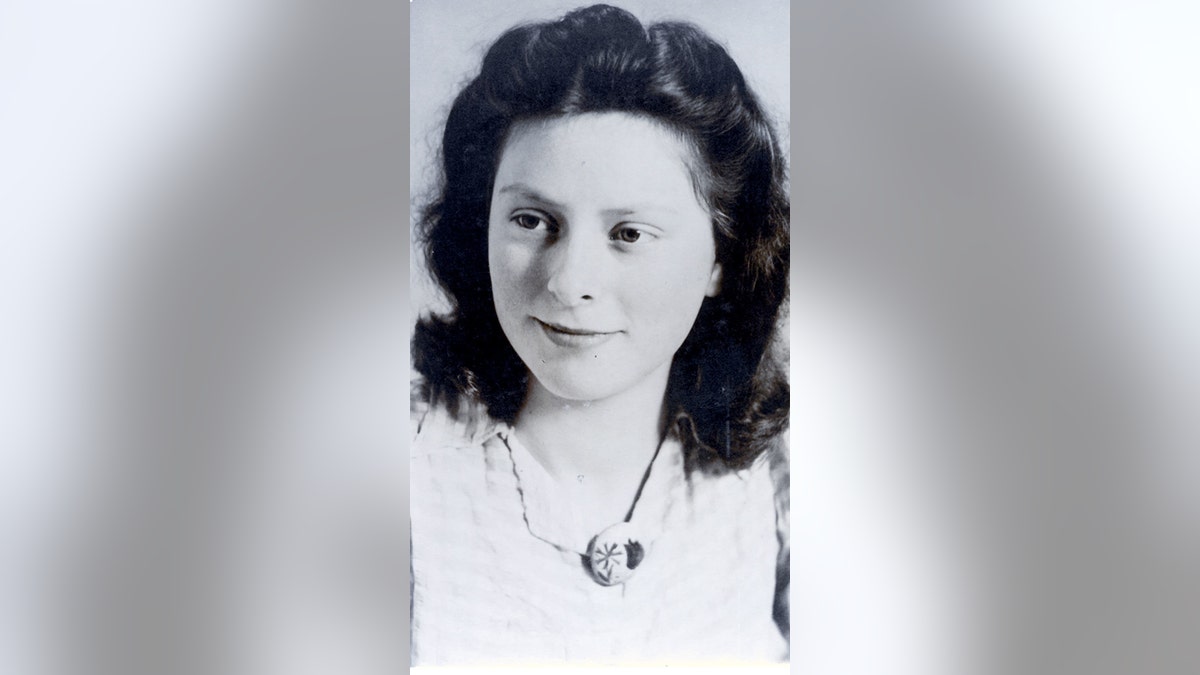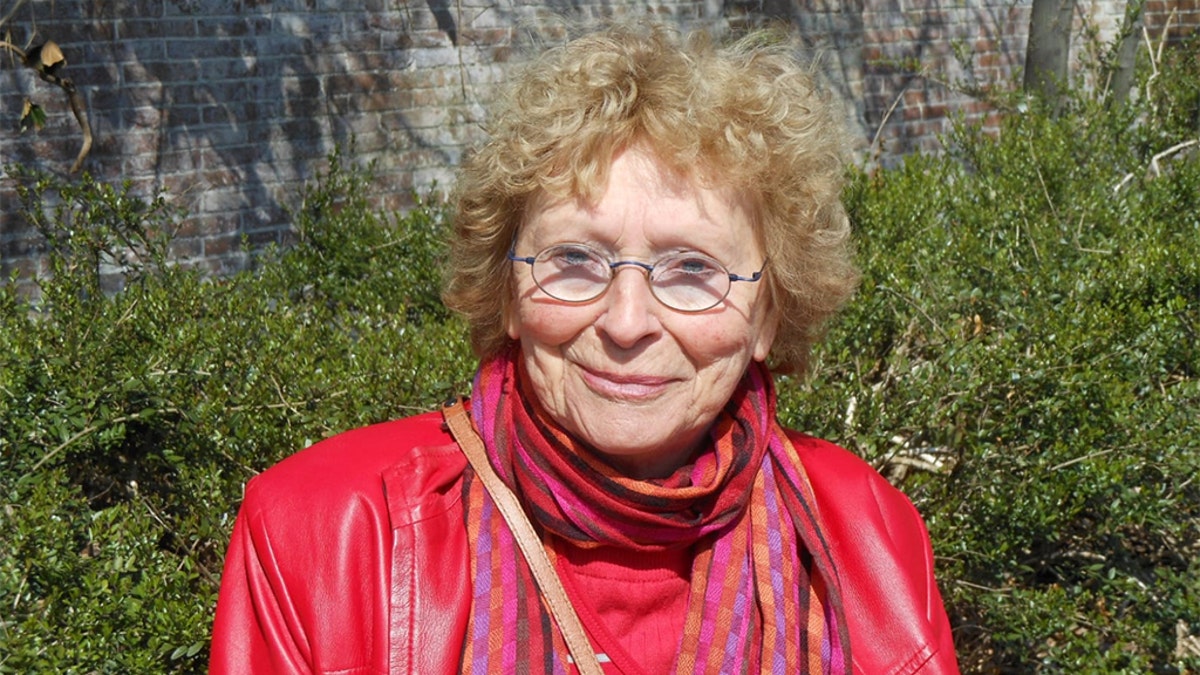
(Credit: Courtesy of National Hannie Schaft Foundation)
When she was just 14, Freddie Oversteegen left her home in the Netherlands to join a Dutch resistance group where she was taught how to shoot Nazis.
It was 1940, and Freddie — along with her sister Truus and Hannie Schaft — soon became an integral part of the Dutch Resistance and developed an unusual method for catching the enemy off guard.
The group’s youthful looks, particularly Freddie’s as the youngest of the three, allowed them to interact with the guards without raising suspicion and lull them into a false sense of security.
Freddie died earlier this month, on September 5, 2018, a day before her 93rd birthday. She was never as well known as Truus and Hannie, but her efforts helped saved the lives of countless Jewish people during World War II.
Born in 1925, Freddie was brought up with a strong belief in fighting for justice as she and her sister were raised by their single, working-class mother in Haarlem, a city near Amsterdam.
Their mum considered herself a communist and before the war broke out, she hid Jewish refugees from Amsterdam and Germany in the hull of a boat they used to live on. She later did the same in their family home.

(Credit: Courtesy of National Hannie Schaft Foundation)
“Before the war started in the Netherlands, we had some people from Lithuania hidden in the hold of the ship,” she said in an interview with Vice in 2016.
“And during the war we had a Jewish couple living with us, which is why my sister and I knew a lot about what was going on.”
When the Nazis invaded the Netherlands in 1940, the girls joined their mother in plastering anti-Nazi posters across the town and warning men not to work in Germany, an act they could have been killed for if they were caught.
When they invaded, it was the first time Freddie experienced the horror of the Hitler movement first-hand.
“I remember how people were taken from their homes. The Germans were banging on doors with the butts of their rifles — that made so much noise, you’d hear it in the entire neighbourhood,” she said.
“And they would always yell — it was very frightening.”
Their efforts to push back against the Germans were noticed by a commander of the Haarlem Council of Resistance and when Frankie was 14 and Truus was 16, he knocked on their door and asked their mother if her daughters could join the resistance.
She agreed, as did the girls, but it was later revealed in an interview with anthropologist Ellis Jonker that the sisters didn’t know the exact role they would be playing until they started their training.
“Only later did he tell us what we’d actually have to do: sabotage bridges and railway lines,” Truus told Jonker, in an interview recorded in her book Under Fire: Women And World War II. “And learn to shoot, to shoot Nazis,” she added. “I remember my sister saying: ‘Well, that’s something I’ve never done before!’”
One of the tasks the teens were given was to flirt with Nazi guards in bars and then lead them into secluded parts of the woods under the guise of finding a more private area to be alone.
But instead of a passionate embrace, the men were met with a bullet.
According to Jonker, Freddie was the first to shoot a “Nazi traitor”.
None of the guards suspected that these innocent looking teenagers would be such a lethal part of the anti-German movement, particularly because the Dutch Resistance was considered a man’s effort and the female members weren’t involved in killing.
There were few examples of women who actually executed Nazi collaborators themselves, which is why their seduction game worked so well.
Freddie and Truus soon joined up with Hannie, a former law student with fiery red hair. Together they blew up bridges and rail lines with dynamite, shot Nazi soldiers while riding their bikes and smuggled Jewish people across the country and out of concentration camps.
While the young women believed what they were doing was for the greater good, the tasks still weighed heavily on them.
“It was tragic and very difficult and we cried about it afterwards,” Truus told Jonker.
“We did not feel it suited us — it never suits anybody, unless they are real criminals … One loses everything. It poisons the beautiful things in life.”
All three girls shot to kill, but they never revealed how many Nazis and Dutch collaborators they assassinated.
The young women became best friends and successfully carried out numerous sabotage and assassination missions together.
Freddie and Truus both survived the war, but mere weeks before the conflict ended, Hannie was captured.
She had become a target after being sighted during an attempted assassination, with the Germans referring to her as the “girl with the red hair”.
In March 1945, Hannie was arrested by German soldiers while transporting underground papers, with a pistol on her bicycle. She was interrogated, tortured and killed.
When the war ended, the sisters found ways to deal with the trauma of what they endured, as well as losing their best friend. Truus turned to art and also spoke publicly about their time in the resistance.
Freddie was less inclined to share her experiences, telling Vice she coped by “getting married and having babies”.
Throughout most of their lives, the women weren’t recognized for the part they played in the war.
It wasn’t until 2014, when Dutch prime minister Minister Mark Rutte awarded Freddie and Truus the Mobilisation War Cross, that the sisters were officially honored for their acts of resistance.
This story originally appeared in news.com.au.
